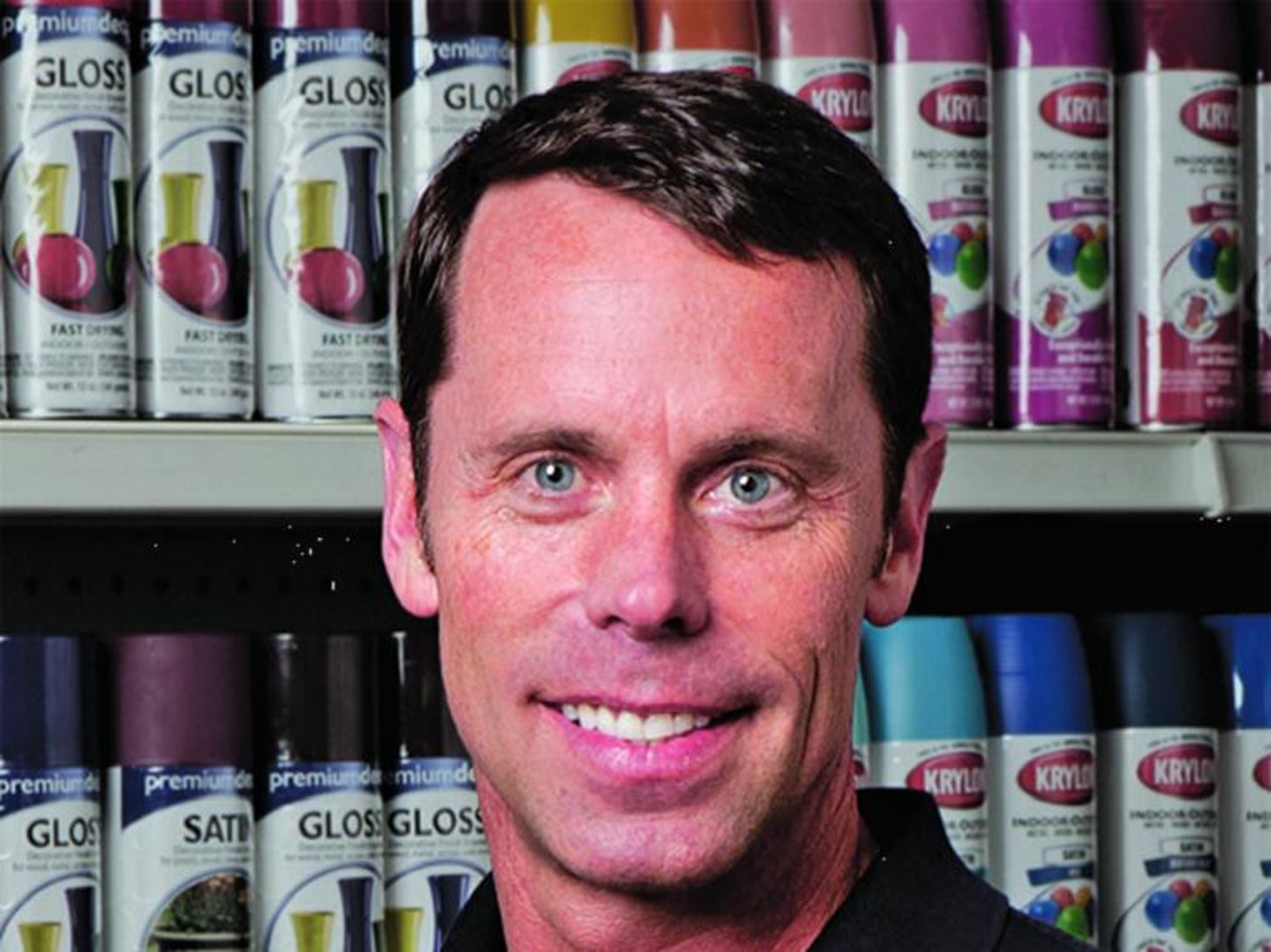From the issue: True Value's Brent Burger
During his address at True Value’s Fall Reunion in October, chairman of the board Brent Burger described the co-op’s Year in the Making strategic plan as an “intense and consuming process of figuratively tearing down the entire structure of a business and putting it back together.”
As owner of five Maine-based True Value stores, Burger can relate to this. He likens the process to “taking a deep dive” into the everyday business, while phasing in initiatives aimed at keeping True Value “ready and relevant” for tomorrow’s customers.
In discussions with retailers from around the country and associates from the field and Retail Support Center, the co-op listened to feedback on what True Value means to them today, as well as their thoughts on the future.
“Our objective was to sit down, mouth closed, ears open and hear what people had to say about us,” Burger said. “But before we could identify what our objectives were, we had to take a close look at our business first, at what our capabilities are.”
Rethinking merchandise assortment and strategy is one bullet point that is evolving from blueprint to real-world experience. Burger talks about the importance of stores being “project-ready:” having both the right product — and quantity — on hand to satisfy customers’ immediate needs.
As he explained, “There are items in your store that may not be dependent on all projects; at the same time, you still need to be cautious about getting rid of merchandise that doesn’t turn if you are interested in being project-ready. That is part of being relevant to the consumer. Who wouldn’t want to be in a store where you sold only A and B items? However, you need to have ‘Q’ items as well. To be project ready, your assortment needs to grow deeper.”
To illustrate, he said, “Let’s say you have three tubes of caulk in your bin and it never sells because the average project requires four tubes of caulk.” Burger cited data that suggests customers who need four tubes of caulk for a project would not buy three at your store and the fourth elsewhere. Instead, they will go to the store that has the requisite number of caulk tubes and buy the other project supplies there as well.
“True Value is focused on what the recommended quantity should be, and while I think all retailers have had some point of view on this, we are digging in deep from an analytics perspective to determine X number of SKUs needed.”
Burger conducted a test at his Madison, Maine, store. He asked his plumbing associate to walk the aisle and jot down every SKU and then determine how many of these items should be in stock if preparing for the “best Saturday” of the year.
“If Randy, my plumbing associate, said I need 35 copper elbows on my best Saturday, that is what my opening stock is going to be every day,” Burger said. “We are trusting what our plumbing associate tells us we should have.”
Burger said he got pushback from the store manager about this strategy but went ahead with the yearlong test.
The end result: a 16% increase in plumbing sales at the Madison store.
“Why?” Burger asked. “More plumbers? No. More plumbing projects? No. We actually had the inventory in place, that’s why. So many stores work on auto replenish; you sell one, you replace one. We took a different path. We said, ‘Tell me what and how much should be in the bin or on the hook on our best day of the year.’ ”
Burger called the experiment “a real eye opener.” He said there was some risk involved given the investment in inventory; on the other hand, he was testing a single department, not the entire store.
Round two of this strategy is to go back and see where the “heavy hitters are” and then determine some minimal order points to free up inventory dollars.
“That is the kind of work True Value is doing and the path True Value is heading down,” Burger said of this drill-down approach. “It’s all about making our retailers ready and relevant.”
As part of the co-op’s Year in the Making strategic plan, a core leadership team broke apart every single area to delve deeper into how that subset works. “We are learning to understand where we are to ferret out where we need to be and how to get there,” Burger said. Through this internal effort, more than 100 strategic initiatives bubbled to the surface. The initiatives were ranked by importance and whittled down to 30 prioritized efforts.
These initiatives will be rolled out sequentially over the next five years.
“All the heavy lifting and hard work of that phase is complete,” Burger said. “Now the work is being done across every aspect of the business. This is very exciting.”

